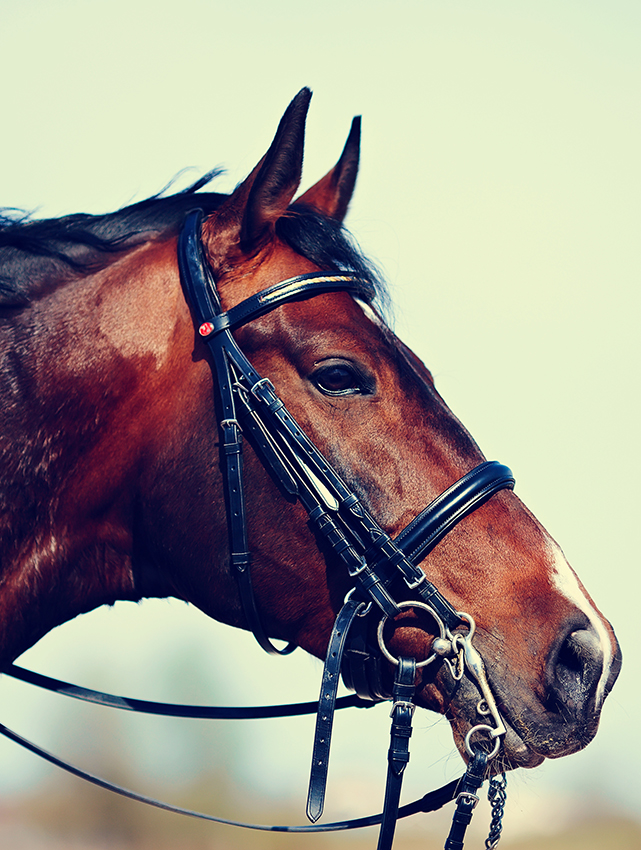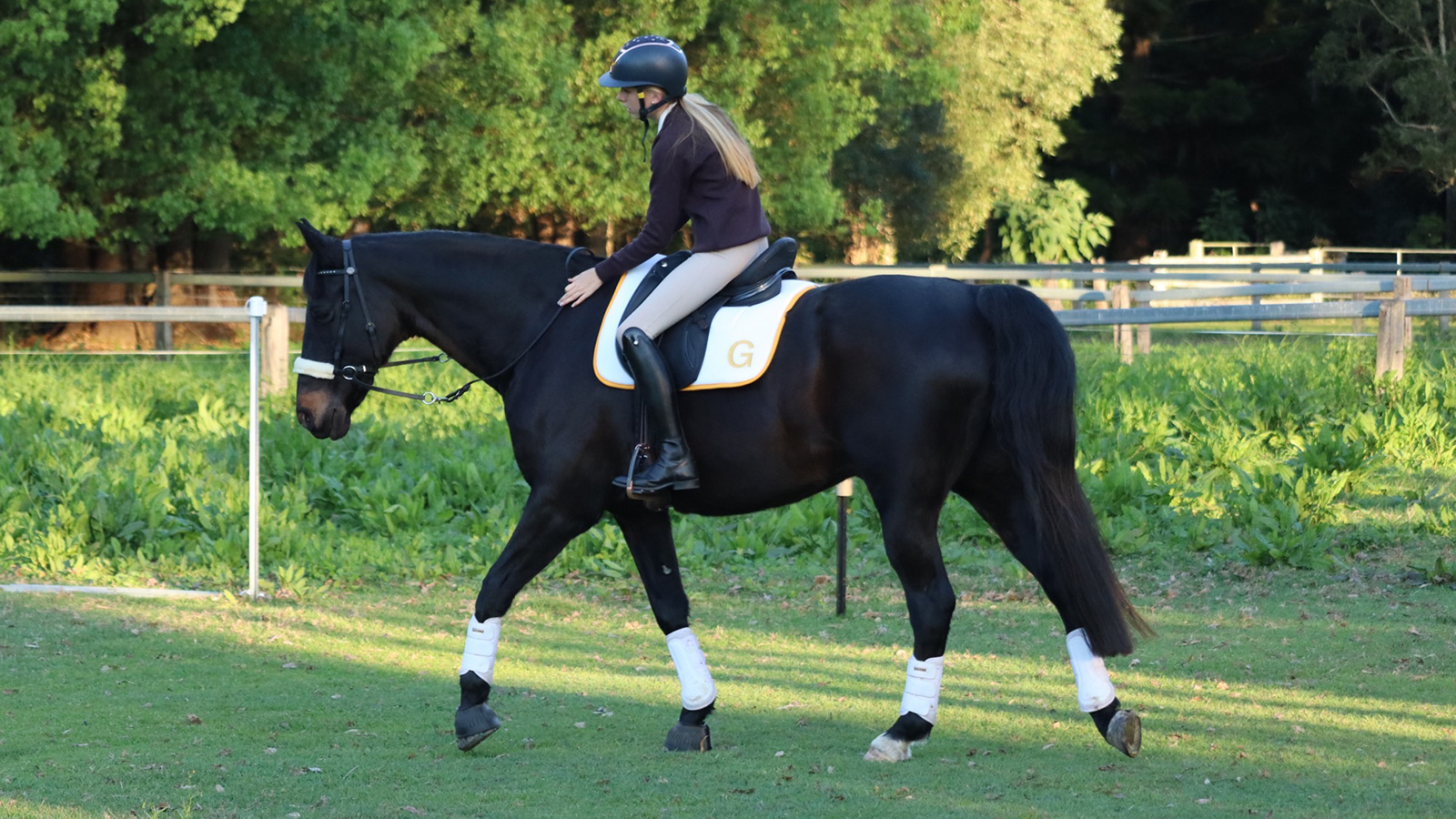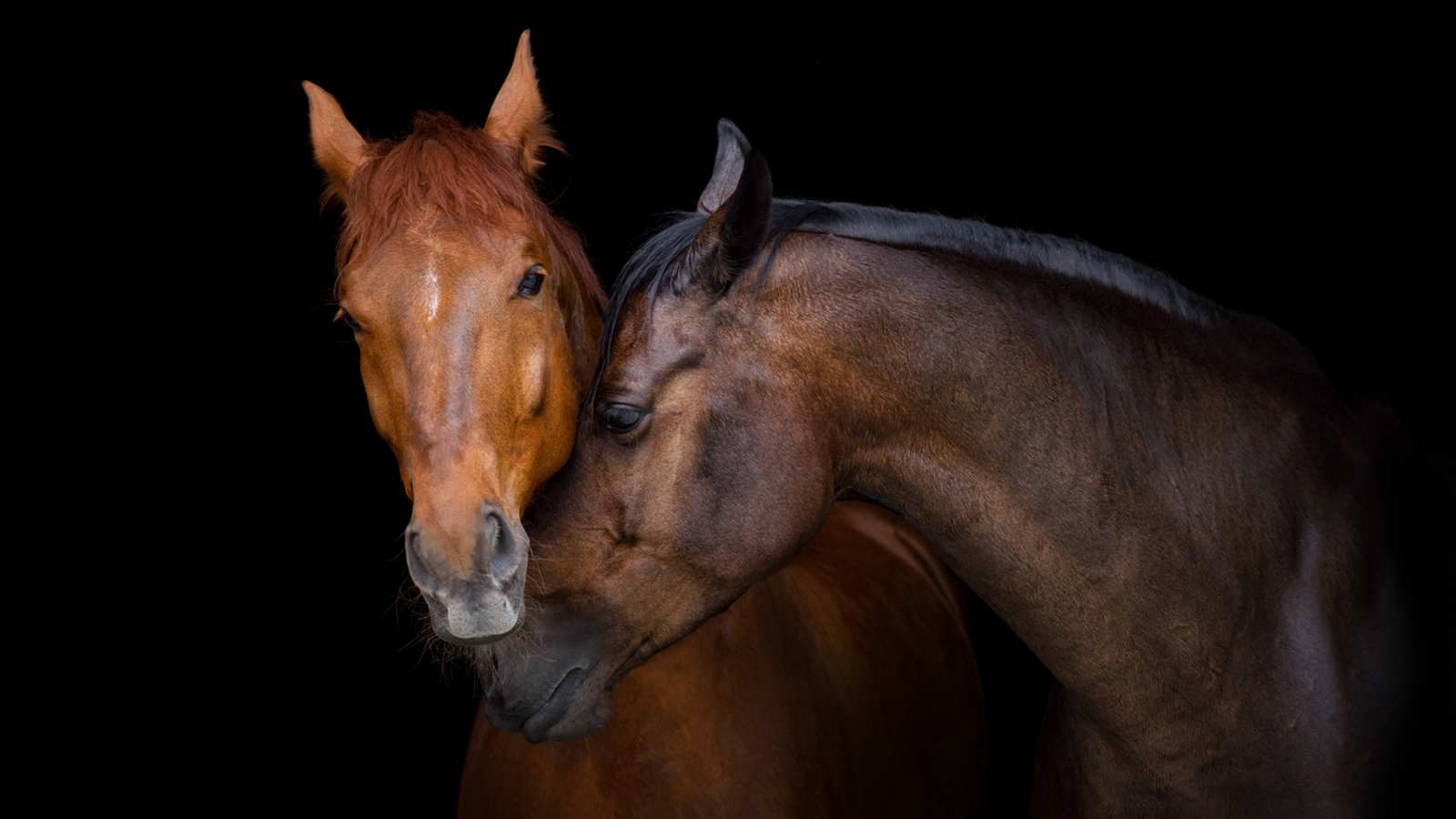After a number of years of lobbying and accumulation of research around the damaging effects of tight nosebands, and in the setting of a lot of talk about social licence to operate and the importance of welfare, the FEI has finally acted to introduce a measuring tool to ensure that competition horses are not competing with overly tight nosebands. This is an objective standardised measurement of noseband tightness.
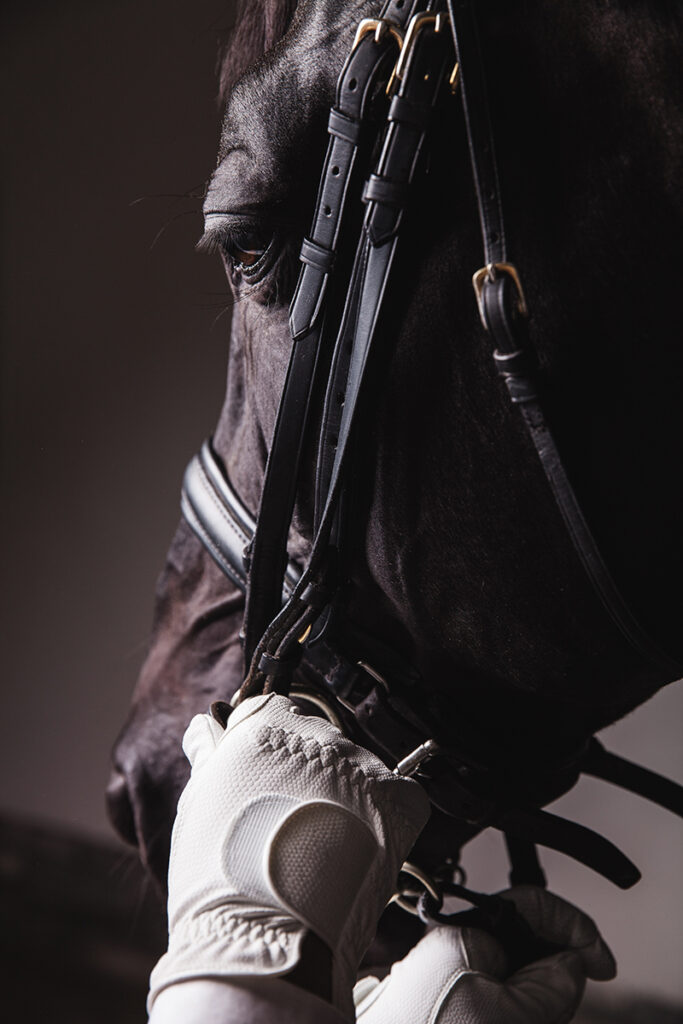
There has been much focus on noseband tightness in recent years, with the FEI now moving to introduce an official measuring tool.
From 1 May 2025, the use of an FEI-approved tool will be rolled out, one that is passed by the steward at the gear check in dressage, jumping and eventing. The steward must pass this wedge-shaped device through the noseband between the nasal bone and the noseband, from top to bottom. The space required is 1.5cm, similar to the very traditional measurement of two fingers.
This tool has been developed by the FEI and tested at more than 600 events including jumping, dressage, eventing and endurance. It is not the tool developed by ISES, the International Society for Equitation Science, which is designed to be slid upwards but not through and measures the tightness over the nasal bone. Both tools measure a looseness of 1.5cm.
Of course, this requirement has been met with a mixed response from the “learned and wise” on social media. It has attracted ridicule from some parts and protests presumably from those who use tight nosebands because they think they help their horse’s performance. Genuine concern has been expressed by some other experienced and informed observers who worry that a steward using this tool could be injured by a horse who has a sensitive nasal bone due to previous use of an overtight noseband. These people think that the ISES tool is safer and are perplexed why the FEI developed their own tool when the tool available through ISES has been tested by scientists.
The cynics among us may consider the possibility that the FEI trial could fail due to stewards being injured, and subsequently efforts to regulate noseband tightness may be abandoned. (I have had this concern offered to me by a very experienced and interested person, I didn’t think of it myself. But I think the worry is credible).
“Horses fitted with
tight nosebands
show signs of stress.”
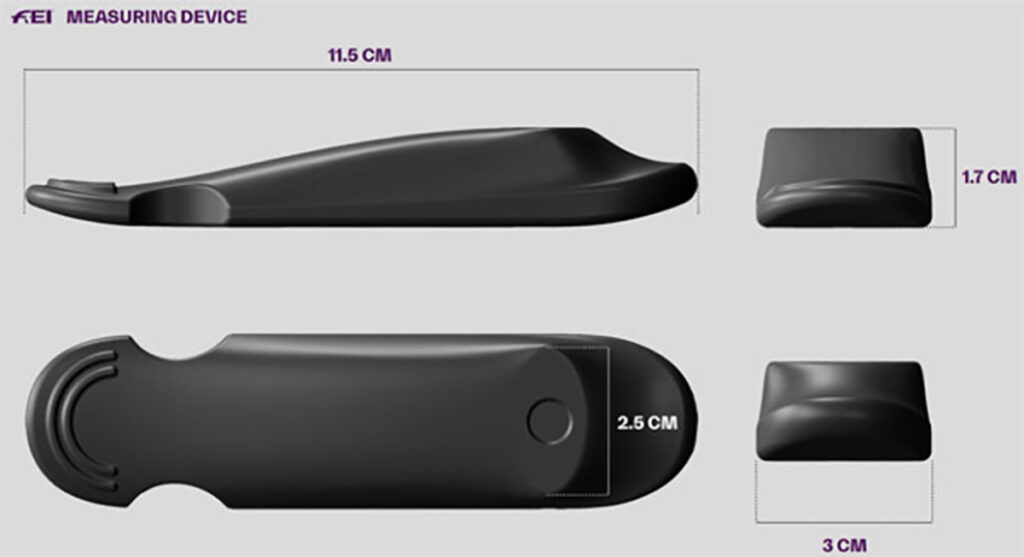
The FEI Measuring Device was originally scheduled for use from 1 January 2025, how this has been postponed to 1 May 2025.
The effects of overtight nosebands have been studied. Horses fitted with tight nosebands show signs of stress (McGreevy et al 2012). Pressures have been measured that do obstruct blood flow and could cause damage to the face when the noseband has no looseness (MacKechnie-Guire et al 2024).
What are some of the signs of tight nosebands? At the extreme end you can see horses with blue tongues, indicating constriction of the blood flow to the tongue. You can see the expression of pain on a horse’s face, dilated eyes, tension in the ears etc. Paradoxically, you will see horses with foamy saliva in their mouths or even blowing over their chests. This has traditionally been taken as sign of a relaxed mouth and a happy horse. However, an overtight noseband can interfere with swallowing, therefore saliva is secreted by the exocrine glands… so that very foamy dressage horse is rewarded by the judges – until a photo appears of a blue tongue! This does not just happen overseas. I have seen it here in Australia.
In dressage the judges play a huge role in shaping the sport. If the judges reward soft correct work, that is what riders will try to produce; if judges reward flashy, powerful work, that is what riders will aspire to. We have seen several changes in the fashion of judging in recent times. For example, when Charlotte Dujardin presented the harmonious picture with Valegro, there was a change. After the outcry against the judging at the London International Horse Show at Olympia last year, we saw a change in the judging.
JUDGES ARE HUMAN
The judges say they are not biased and that they judge consistently, according to classical principles. I have absolutely no doubt that generally the judges try to apply their considerable knowledge in a fair manner. But we have seen the evidence that in fact judges are human beings like the rest of us and bias is inherent in human beings. Fashion is not just the clothes we wear but also the opinions we hold.
If judges reward the foamy closed mouth, that is what riders will try to present. Hence, when the former FEI Dressage Judge General Stephen Clarke was in Australia, he talked about how judges can reward horses with slightly open mouths so long as there is not tension in the contact, or no sign of a problem with the contact. The tongue should be resting. A slightly open and relaxed mouth is a sure sign that the noseband is not cranked up tight.
In a recent personal conversation with a top international judge, I was told specifically that the judges could not reward a horse with an open mouth. Surely this contradicts Stephen Clarke, Reiner Klimke, Alois Podhajsky and others who have commended the horse with a relaxed mouth that may softly chew the bit. Licking and chewing are established signs of a relaxed horse and yet the dressage judges continue to penalise this.
Monty Roberts is one of many horsemen who popularised this knowledge that lowering the head and licking and chewing is a sign of submission and receptiveness observed in wild horse herds. He used this behaviour as a signal that the horse was receptive to the trainer. Yet in dressage the judges penalise it. “Mouth busy”, “mouth active” are comments associated with the loss of marks in dressage. Then it’s a double whammy as the submission mark goes down as well.
In my opinion, the judges have played an important part in this fashion for tight nosebands.
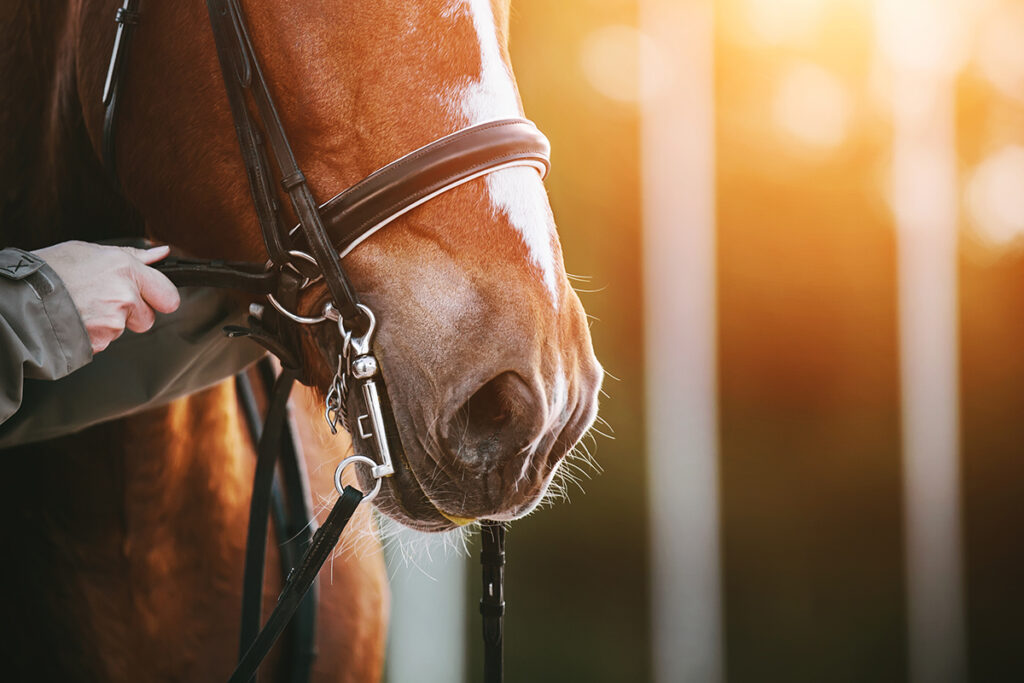
With the introduction of the FEI Measuring Device from 1 May, will we see also a see a change in judging?
LEFT & RIGHT SIDE OF BRAIN
Judging is generally a left side of the brain, analytic activity. When the nosebands are looser when this trial begins, I would earnestly ask that judges take in an impression of the horse using their right-side brain functions, using feelings and impressionistic capacity, to see if the horse is happy and relaxed. This would challenge the judges greatly, in my view. The judges may see more horses with slightly open mouths and relaxed mobile tongues. They may see soft chewing of the bit. They may even see the horses’ teeth a little.
I would draw your attention to the fact that the FEI has, as far as I know, ruled that a clicker as used in positive reinforcement training is still determined to be a gadget, with the same status as draw reins and whips with electric shock devices in them. Therefore, they are not permitted at FEI dressage shows and certainly cannot be used in any capacity. I have repeatedly tried to obtain confirmation that this has not changed from the FEI but have not received any response.
Of course, regular readers will know that positive reinforcement training has high positive welfare value. So, I am left unsure if the FEI really has an appetite for genuine welfare changes.
We will all watch how this progresses and what steps the FEI takes next to enact the recommendations of their own Welfare Commission. EQ

